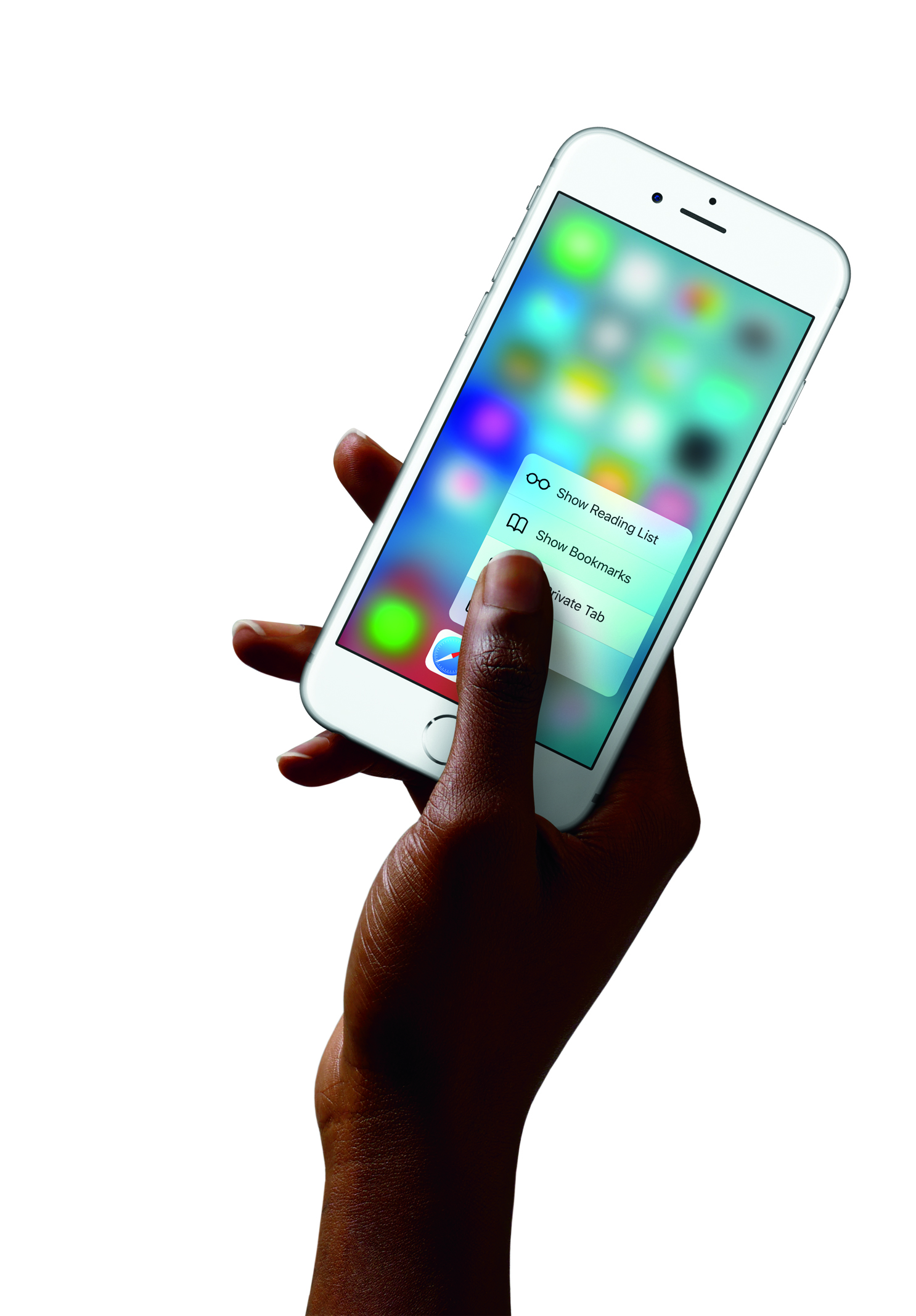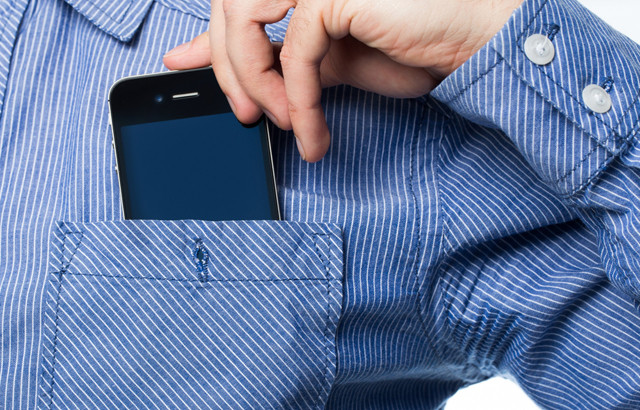The Department for Homeland Security (DHS) in the US has revealed that it is working with the Boeing Company to develop a so-called “brain chip” that would allow any smartphone to “self-destruct”.
In theory, this technology will provide users with additional, “intelligent” security, so that if their smartphone is stolen or lost, the device will intuitively implement self-protective measures.
"The device will intuitively implement self-protective measures."
The chip would be able to detect unusual activity because it will have been gathering data on its user’s behaviour, including the way they walk and talk, Nextgov reported.
This information will have been generated organically, through an individual's distinct use of features such as a camera, microphone and touchpad.
Speaking to the online news provider, Vincent Sritapan, program manager for mobile security R&D at the DHS, said that the chip will have the capacity to “simulate human learning”.
The chip’s effectiveness will be tested on the Boeing’s Black Smartphone, which is aimed at government agencies and their contractors.
This particular smartphone has been designed with security professionals in mind and is considered to be one of the most impenetrable devices in the world.
Some of the unique features include a bespoke Android operating system, enhanced modularity to tailor its use to certain missions and “embedded hardware media encryption”.
“Despite the continuous innovation in commercial mobile technology, current devices are not designed from inception with the security and flexibility needed to match their evolving mission and enterprise environment,” Boeing states online.
 The threat to smartphones has increased significantly over the last few years, with experts warning that they are becoming more complex.
The threat to smartphones has increased significantly over the last few years, with experts warning that they are becoming more complex.
Rolf von Roessing, former vice-president of security trade body ISACA, said in 2013 that one of the greatest challenges facing security professionals is dealing with the implications of greater interconnectedness.
He was quoted by Computer Weekly as saying: “Where there are clusters of wirelessly connected devices, it will become increasingly difficult to identify infections or where they have come from.”




